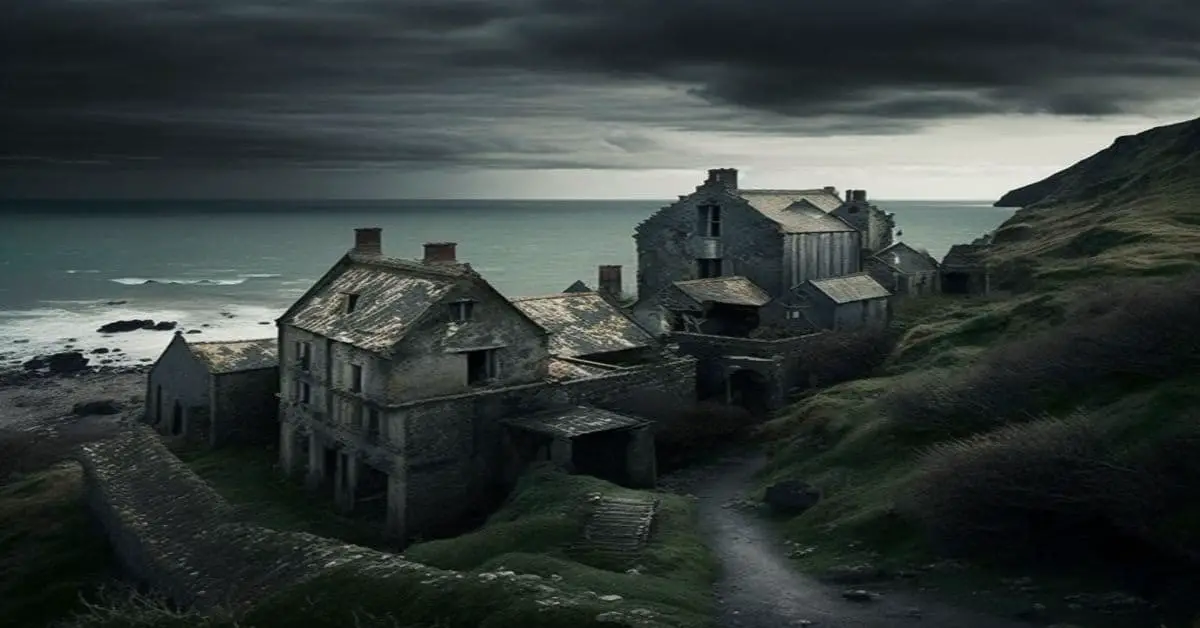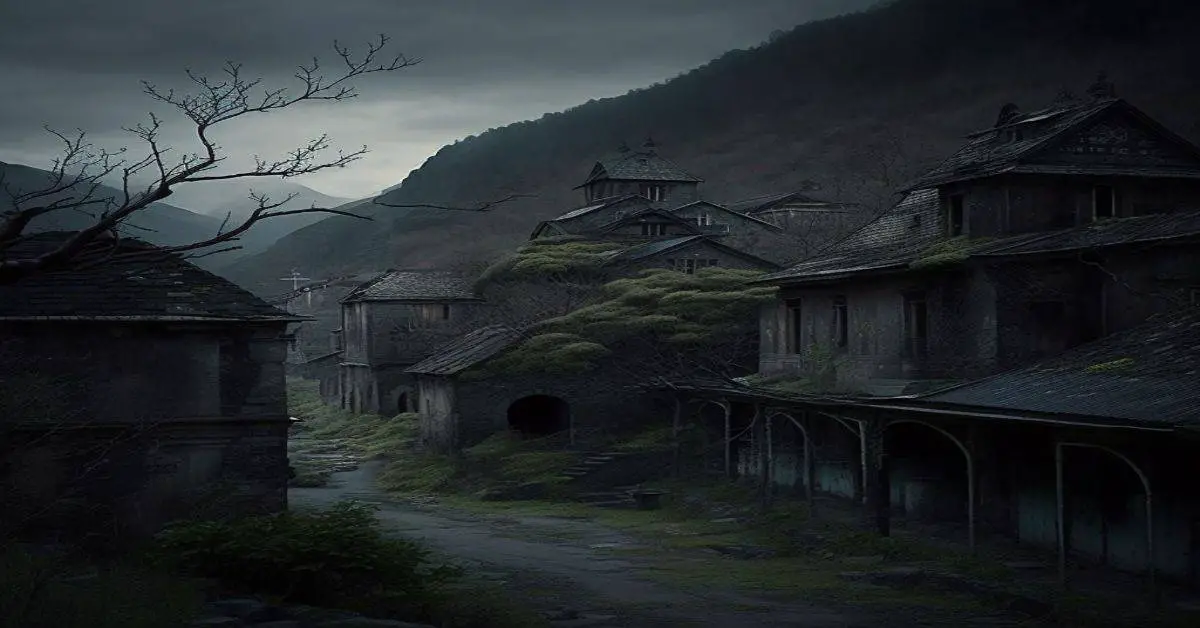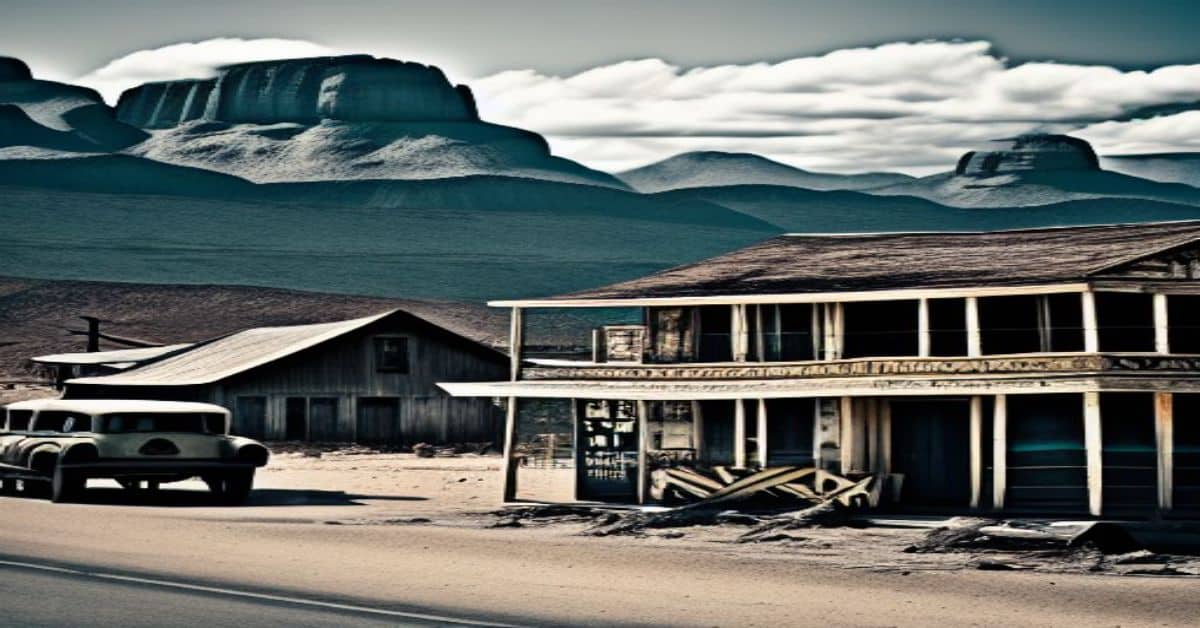Discovering El Moro, New Mexico: Ghost Town & National Monument is an intriguing article that offers readers a glimpse into the rich history and cultural significance of El Moro, a historical site in New Mexico. This article takes readers on a journey through time, exploring the town’s past as a farming and ranching community, its importance as a post office, and the remains of the rock and unexcavated pueblo ruins on the mesa above.
Key Takeaways
- El Moro was a farming and ranching community named after El Moro National Monument, located on NM 53, 37 miles southwest of Grants.
- El Moro National Monument was established in 1906 by President Theodore Roosevelt to preserve Inscription Rock, which has over 500 preserved carvings, including the earliest dated inscription from 1598.
- The Indian pueblo ruins on the mesa above El Moro cover approximately 10 acres and were a virtual fortress with access only by foot and toe holes carved in solid rock.
- El Moro Mesa is located in De Baca County, 10 miles southeast of Buchanan, and the information source is ‘New Mexico Place Names’ by Pearce.
History and Significance
The history and significance of El Moro, encompassing its establishment as a farming and ranching community, the establishment of its namesake national monument to preserve Inscription Rock, and the unexcavated Indian pueblo ruins on the mesa above, are important aspects of its cultural heritage.
El Moro was a vital community that contributed to developing the area’s agriculture and ranching industries. However, its significance goes beyond that, as the unexcavated Indian pueblo ruins on the mesa above testify to the area’s rich cultural history.
The establishment of El Moro National Monument in 1906 by President Theodore Roosevelt to preserve Inscription Rock, where Spaniards carved their names, dates, and short messages, is also an important aspect of cultural preservation. The monument is under the National Parks Service since 1933 and attracts thousands of visitors each year, making a significant impact on local tourism.
The preservation of El Moro’s cultural heritage not only contributes to the appreciation of its historical significance but also has a positive impact on the local economy through tourism. Visitors come to explore the ruins of the Indian pueblo and the inscriptions on the Great Triangular Rock.
Preserving these sites ensures that future generations can appreciate and learn from them. The impact of tourism on the local economy is significant, as it provides employment opportunities and generates revenue for local businesses. Therefore, the cultural preservation of El Moro is not only a matter of historical significance but also one that has practical benefits for the local community.
“Imagine the refreshment of finding water after days of dusty travel. A reliable waterhole hidden at the base of a sandstone bluff made El Morro (the headland) a popular campsite for hundreds of years. Here, ancestral Puebloans, Spanish, and American travelers carved over 2,000 signatures, dates, messages, and petroglyphs. Make El Morro National Monument a stopping point on your travels.”
https://www.nps.gov/elmo/index.htm
Inscription Rock and Carvings
Intricately carved onto the soft sandstone of Inscription Rock, the historic carvings left by Spaniards and Native Americans alike showcase a rich tapestry of cultural exchange and human interaction. These carvings, over 500, offer a glimpse into the past and reflect the diversity of the people who once called this area home.
From simple names and dates to more elaborate drawings and messages, the carvings offer a unique perspective on the lives and beliefs of those who left their mark on this natural wonder.
Exploring techniques and preservation efforts have been implemented to protect these invaluable carvings. The National Park Service has worked tirelessly to preserve Inscription Rock, including monitoring visitor traffic and implementing measures to prevent further damage to the sandstone. Additionally, they have created interpretive programs to educate visitors on the cultural significance of the carvings and the area’s history.
These efforts ensure that future generations can appreciate the cultural significance of Inscription Rock and the carvings left behind by those who came before us.
Indian Pueblo and Fortress
Excavation has not yet been carried out on the Indian pueblo located atop El Moro mesa, but estimated to have housed a population of 2000 individuals in its well-fortified confines accessible only by foot and toe holes carved into solid rock.
The ancient architecture of the pueblo is still visible, with the ruins covering approximately 10 acres on the top of the mesa.
Exploring the ruins of the Indian pueblo is a unique experience that provides insight into the lives of the people who once lived in this fortress-like community.
Visitors can see the remains of the structures and imagine the daily activities of the inhabitants.
The pueblo’s location on top of the mesa adds to the intrigue and mystery of this ancient community.
Additionally, the unexcavated nature of the site leaves much to be discovered, making it an exciting prospect for future archaeological research.
Frequently Asked Questions
What is the current condition of the El Moro, New Mexico post office building?
The current state of the El Moro post office building is unknown as it is not mentioned in available sources. However, its historical significance lies in its role as a post office from 1927 to 1963 in the farming and ranching community of El Moro.
Are there any hiking trails or recreational activities available in El Moro National Monument?
El Moro National Monument offers hiking trails with scenic views and opportunities for wildlife sightings. However, there are no camping options. The monument was established to preserve Inscription Rock, a site where Spaniards carved their names and messages for centuries.
What is the nearest town or city to El Moro, and how far away is it?
The nearest town to El Moro is Grants, located 37 miles northeast via NM-53. There are accommodation and food options available in Grants. The road transport is accessible, and visitors can engage in hiking and historical activities, exploring the Indian pueblo and inscription rock at El Moro National Monument. The area boasts unique geographical features, including the Great Triangular Rock and the unexcavated ruins of the pueblo. The best time to visit is in spring or fall, with moderate temperatures and colorful wildflowers.
Have any paranormal or supernatural experiences been reported in El Moro or the surrounding area?
No reports of paranormal activity in El Moro or the surrounding area have been found. However, local legends suggest that the unexcavated Indian pueblo ruins may hold mystical powers or spiritual significance.
Is there any evidence of prehistoric human activity near El Moro?
Archaeological research reveals prehistoric artifacts near El Moro, including rock art and stone tools. One interesting statistic is that the earliest rock art dates back to 2000 BCE.


